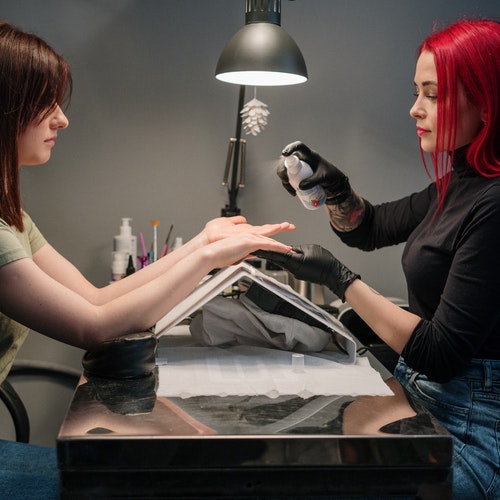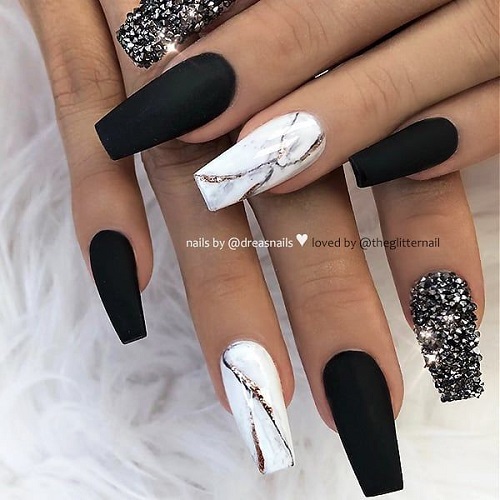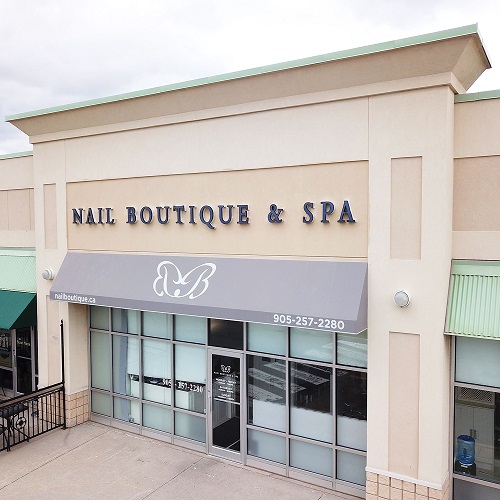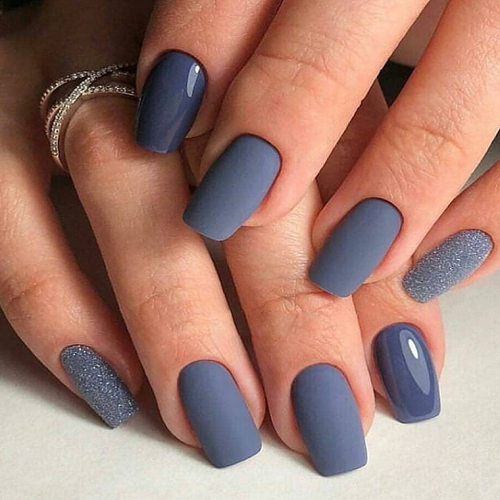Table of Contents
If you’re someone who loves treating yourself to manicures, you may have come across the term “nail overlays.” Nail overlays are a popular technique used to strengthen and lengthen your natural nails. In this article, we’ll delve into the world of nail overlays, discussing their types, application process, benefits, drawbacks, and maintenance tips.
Understanding Nail Overlays
Nail overlays involve applying a thin layer of material to your natural nails, providing them with enhanced strength, durability, and aesthetics. The material used for the overlay can be acrylic, gel, or fiberglass, depending on your personal preference and the condition of your natural nails. This technique is an excellent way to both protect your nails from damage and achieve the desired length.
The Importance of Nail Overlays
Nail overlays are particularly popular among individuals with weak, brittle, or damaged nails. They act as a shield, safeguarding your natural nails against chipping, cracking, or breaking. Additionally, nail overlays offer an immediate solution for those impatiently waiting for their natural nails to grow. Moreover, they provide an opportunity to add color and design to your nails, allowing you to express your personal style.
Application Process of Nail Overlays
Preparing the Nails
Before applying the nail overlay, it is crucial to adequately prepare your natural nails. This preparation includes cleaning, filing, and buffing to eliminate any dirt, oil, or debris from the surface. Such measures ensure that the overlay adheres seamlessly to your natural nails. Furthermore, trimming your nails to your preferred length and shape is essential prior to the overlay application.
Applying the Overlay
Once your nails are prepared, the next step is to apply the overlay. A nail technician begins by applying a base coat to your natural nails, followed by the layering of the overlay material (acrylic, gel, or fiberglass). The technician then shapes and buffs the overlay to achieve the desired appearance. At this point, you can opt to add color or design as per your liking.
Curing the Overlay
The final step in the nail overlay application process is curing. Curing entails exposing the overlay to either UV light or air to harden and seal it to your natural nails. This ensures a long-lasting and strong bond between the overlay and your natural nails.
Pros and Cons of Nail Overlays
Advantages of Nail Overlays
Nail overlays offer numerous advantages, which include:
- Significantly increased length and strength for your natural nails
- Protection against external damage, preventing chipping and breakage
- A vast array of colors and designs to suit your preferences
- A quick and hassle-free application process
- Long-lasting results, keeping your nails beautiful for an extended period
Drawbacks of Nail Overlays
Despite their advantages, nail overlays also come with a few drawbacks:
- The potential risk of damage to your natural nails during the application process
- Regular maintenance is necessary to prevent damage and infections
- The possibility of developing fungal infections or other nail-related issues
- The costs associated with regular maintenance and removal
Before considering nail overlays, it is vital to carefully consider these pros and cons. It’s also recommended to consult with a knowledgeable nail technician to determine whether this technique is suitable for you.
In conclusion, nail overlays are a fantastic option for individuals looking to enhance the strength and appearance of their natural nails. By understanding the application process, benefits, drawbacks, and maintenance involved, you can make an informed decision about whether nail overlays are right for you.






